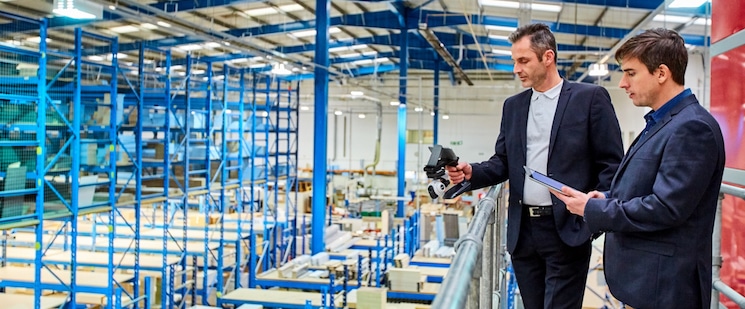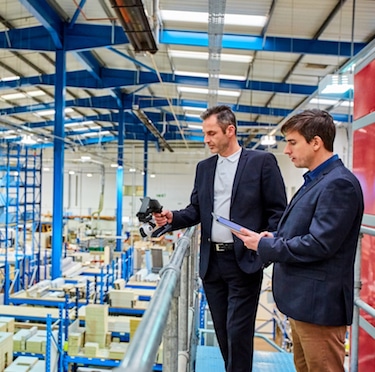
For many manufacturers, especially in regulated industries, product genealogy and traceability are compliance issues mostly seen as a cost of doing business. In the context of Lean manufacturing, it can be seen as not adding much value, and instead as a required activity where every effort is made to minimize the cost of performing. In today’s world where information has become such an essential part of every manufacturing activity, this perspective is now dated. Establishing and maintaining digital continuity has become critical to manage product complexity, achieve process improvement, and meet customer expectations. As customers demand ever closer relationships with their suppliers, transforming traceability has now become a competitive differentiator instead of a costly compliance burden.
Digital Continuity Demands Greater Detail
Much has been written on the topic of digital twins, digital threads, and the concept of a Digital Tapestry or cloth which brings together the multitude of Digital Twins into a comprehensive representation of a product.
These articles may be of interest:
To gain the most value from this Digital strategy, all the relevant models must be utilized, including physical, electrical, and chemical, among others. To ensure accuracy and completeness, these models must include as much nested, lower-level detail as possible. One element of this detail is a history of all parts and processes.
For example, if a failure mode occurs in the future such as a connector not mating properly, the cause might be related to either a design issue or a manufacturing defect, which might then be attributed to a specific supplier. Alternately, the problem may have been related to an assembly or installation issue whereby a particular installer might have improperly seated the connector during assembly. A detailed genealogy of the connector and how it was installed can not only help diagnose, isolate and remediate the problem but can do so in the quickest possible way.
Supply Chain Uncertainty Growing
The coronavirus pandemic disrupted supply chains in almost every industry and for every class of materials. From semiconductors to energy, manufacturers are being forced to scramble to find adequate supplies of raw materials. In many cases, multiple alternative suppliers that may be new to your supply chain are contributing to the eBOM or mBOM that make up your product. This variability in sourcing will undoubtedly lead to scenarios such as that described above. Being able to track and trace every part back to its origin will facilitate failure analysis and corrective action activities.
Read more on this topic, eBOM vs. mBOM: The Perennial Debate of What, Where and When
Origin Becoming More Important
As the world places more emphasis on sustainability and the point of origin of products, customers in both the consumer and commercial sectors are demanding ethically sourced materials, even when not mandated by law. Buyers want to know whether rare earth minerals were used, if fair trade raw materials are included, or if non-child labor was used to produce. All this information can be captured and managed with a digital track and trace system covering every aspect of a manufacturer’s design and production process – an exercise that has become increasingly more challenging to perform.
Transforming Manufacturing Traceability into Competitiveness
The ability to get out in front of quality or compliance issues can position you as a preferred supplier – especially when compared to a competitor that can’t provide the same level of detail. But, more importantly, when you have that level of detail, you can provide assurances and guarantees that competitors can’t.
This ability to provide complete traceability enables you to command a higher premium. Ensuring you can document the entire genealogy of your product has proven itself in the consumer sector where companies like Patagonia, Seventh Generation, Dr. Bronner, and others with certifiably sustainable products. The same is beginning to hold in the commercial sector. A modern, full-featured Manufacturing Execution System (MES) can provide you with this ability. With traceability down to the component level, you can not only more readily comply with necessary regulatory compliance requirements, but also be more competitive.





